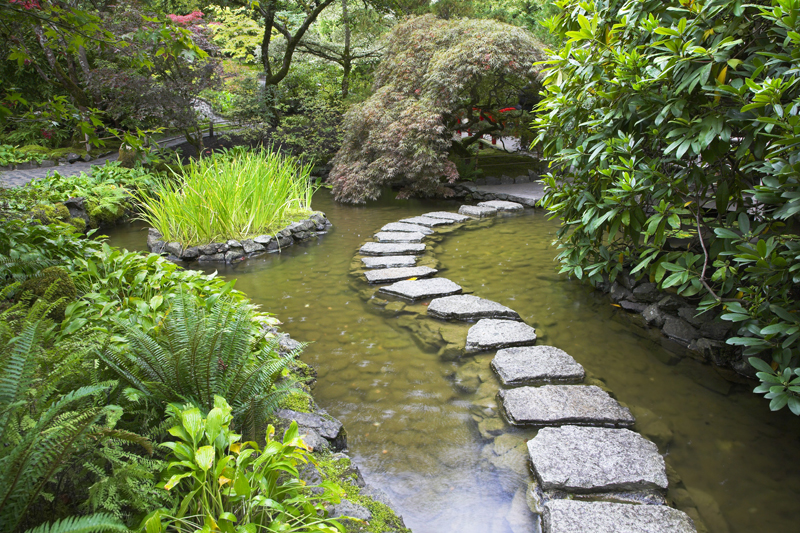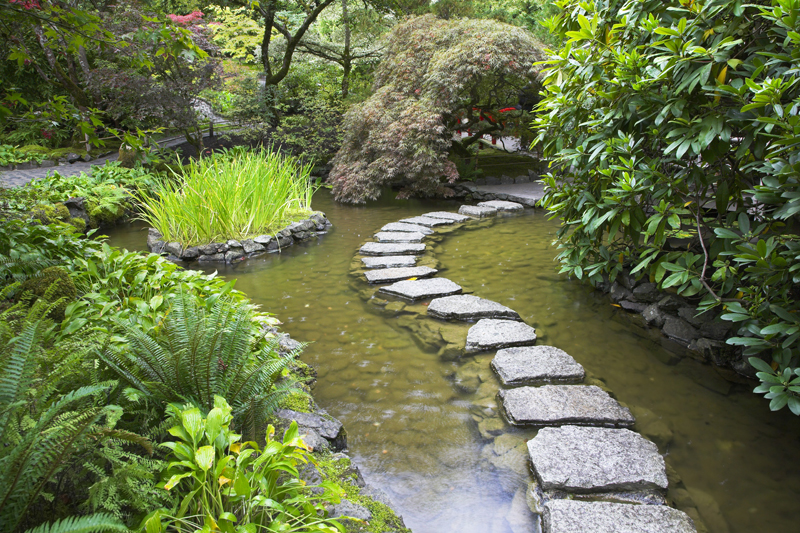Flowering Quince

The flowering quince are beautiful flowering shrubs. These deer proof plants have many uses in the landscape.
General Description of Flowering Quince
Three species of these are in cultivation with one of the main differences being their size. They are often wider than tall. The tallest one is the Chinese quince, which can be 10 to 20 feet in height.
Japanese quince is only about 10 feet tall, while the dwarf Japanese quince is only 3 feet in height.
Usually these shrubs will be thorny, and because of that these shrubs can serve as barriers.
These are dense, very leafy shrubs. The flowering quince have alternate, toothed leaves that can hang on until winter arrives. The young leaves are reddish, maturing to a glossy green.
The free flowering shrubs bear very showy blossoms that can be either solitary or in small clusters. These begin opening in spring before the leaves appear.
Flowering quince flowers are very long lasting. I love the flowers because they are sure to attract pollinators.
The blossoms contain five sepals. These come in a wide range of bright colors. They are 1 ½ to 2 inches wide. Flowering quince blossoms cam be single, semi-double, or double, depending on the variety chosen.
Flowering quince bears edible fruits. These can be large or small, according to the species. They can be scented. Quince fruits are perfect for jams and jellies.
Growing Flowering Quince
These plants have a chill requirement. Sometimes, in the coastal South the temperatures may not be cold enough to allow the plants to bloom as heavily as they should.
Flowering quince are recommended for zones 4 through 9. These deer proof plants are easy to grow. They prefer full sun.
These shrubs are very adaptable, tough plants that can tolerate a range of pH levels. A well drained soil is preferred. When grown in an alkaline soil, the plants can become chlorotic.
The flowering quince shrubs make good hedges and barriers. They’re also suitable for borders, and can also serve as specimen plants.
Many cultivars of flowering quince are readily available. Flowering quince can experience various pests and diseases, depending on the location. The most common problems are fireblight, apple scab, mites, and galls. Rabbits can sometimes feed on the plants in the winter when their other foods are unavailable.
Several species of flowering quince are in cultivation. The most commonly grown ones are the Japanese and the hybrid Japanese flowering quince.
General Description of Flowering Quince
Three species of these are in cultivation with one of the main differences being their size. They are often wider than tall. The tallest one is the Chinese quince, which can be 10 to 20 feet in height.
Japanese quince is only about 10 feet tall, while the dwarf Japanese quince is only 3 feet in height.
Usually these shrubs will be thorny, and because of that these shrubs can serve as barriers.
These are dense, very leafy shrubs. The flowering quince have alternate, toothed leaves that can hang on until winter arrives. The young leaves are reddish, maturing to a glossy green.
The free flowering shrubs bear very showy blossoms that can be either solitary or in small clusters. These begin opening in spring before the leaves appear.
Flowering quince flowers are very long lasting. I love the flowers because they are sure to attract pollinators.
The blossoms contain five sepals. These come in a wide range of bright colors. They are 1 ½ to 2 inches wide. Flowering quince blossoms cam be single, semi-double, or double, depending on the variety chosen.
Flowering quince bears edible fruits. These can be large or small, according to the species. They can be scented. Quince fruits are perfect for jams and jellies.
Growing Flowering Quince
These plants have a chill requirement. Sometimes, in the coastal South the temperatures may not be cold enough to allow the plants to bloom as heavily as they should.
Flowering quince are recommended for zones 4 through 9. These deer proof plants are easy to grow. They prefer full sun.
These shrubs are very adaptable, tough plants that can tolerate a range of pH levels. A well drained soil is preferred. When grown in an alkaline soil, the plants can become chlorotic.
The flowering quince shrubs make good hedges and barriers. They’re also suitable for borders, and can also serve as specimen plants.
Many cultivars of flowering quince are readily available. Flowering quince can experience various pests and diseases, depending on the location. The most common problems are fireblight, apple scab, mites, and galls. Rabbits can sometimes feed on the plants in the winter when their other foods are unavailable.
Several species of flowering quince are in cultivation. The most commonly grown ones are the Japanese and the hybrid Japanese flowering quince.

Related Articles
Editor's Picks Articles
Top Ten Articles
Previous Features
Site Map
Content copyright © 2023 by Connie Krochmal. All rights reserved.
This content was written by Connie Krochmal. If you wish to use this content in any manner, you need written permission. Contact Connie Krochmal for details.



